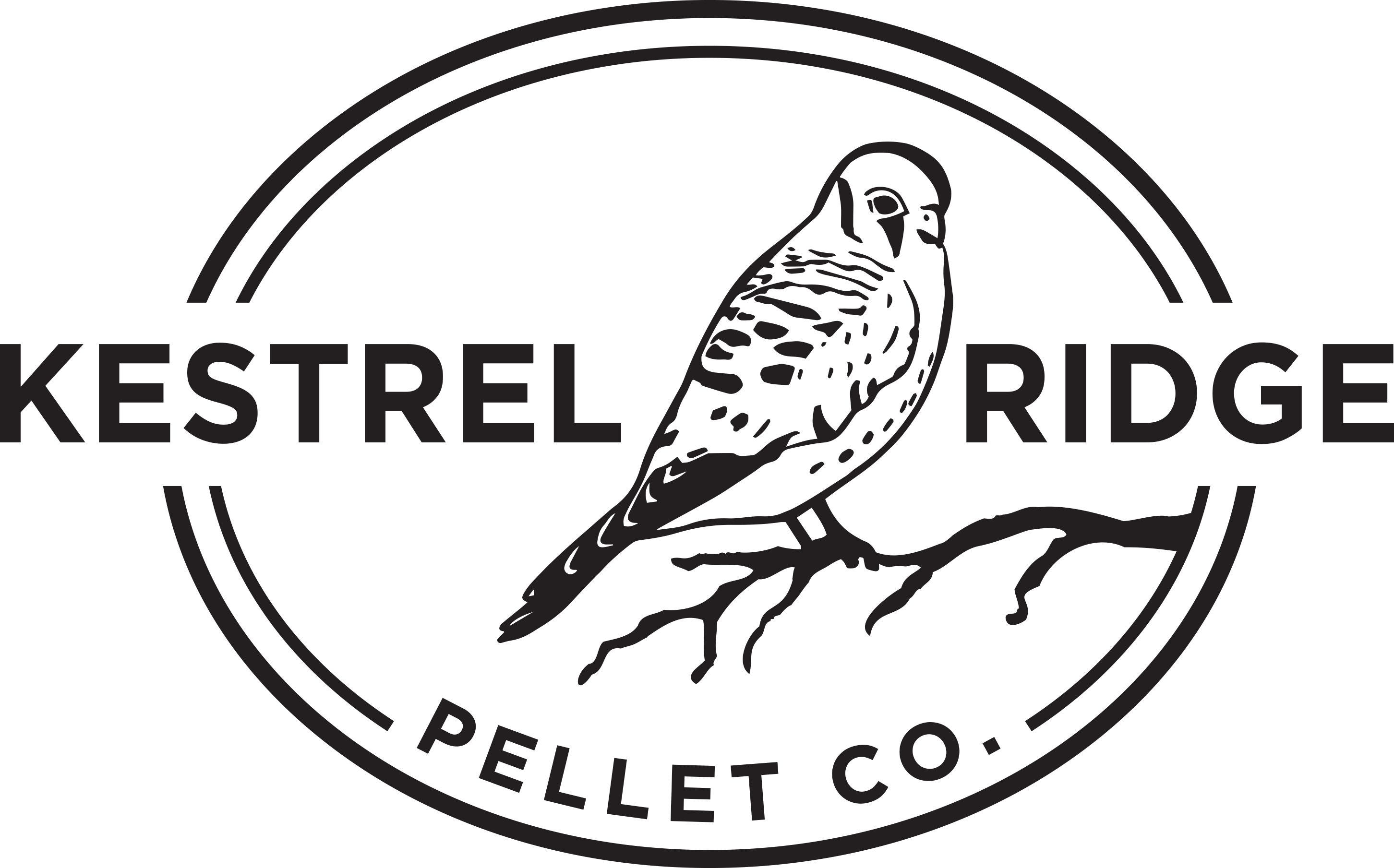To celebrate National Ag Week, I thought I would share some fun facts about sheep!

Sheep continuously grow their wool throughout the year as they harvest sunlight and forages. Every year, usually a few weeks before lambing, the sheep are shorn (their version of a haircut.) By incorporating this wool, in the form of wool pellets, back into the soil, it helps complete the carbon cycle.

The Mouflon, the wild ancestor of domestic sheep, did NOT grow wool. Instead they had hair that shed every year, much like modern hair sheep. Wool is an entirely "human-made" trait that took thousands of years of careful selection and breeding to develop! Sheep were first domesticated over 10,000 years ago and civilizations began spinning and weaving wool into clothing around 5,500 years ago.
Wool pellets, on the other hand, are a much more recent advancement. With the many years of selection behind wool, we didn't want to see any wool wasted. We create wool pellets out of underutilized second-rate wool that can't be made into clothing or yarn. Wool pellets are a sustainable, high-quality fertilizer for our plants! To read more about the benefits of wool pellets, go to our blog post about the 10 reasons to use wool pellets in your garden.

But why do we shear sheep? Wool producing breeds of sheep continuously grow their fleece. Without shearing at least once a year, there are numerous health risks that can occur.
Below is a list of some health and management benefits of shearing:
- Reduces heat stress on excessively hot days.
- Mitigates wool blindness, or excessive wool growth on the face, which can occur in some breeds of sheep and decreases their field of vision. This can limit their ability to fine feed and water or to detect danger.
- Decreases the risk of external parasites (biting flies, ticks, keds, lice) and the diseases they may carry.
- Newborn lambs are able to find their mom's teats easier if they are sheared before lambing
- Shearing market lambs improves their feed conversion and reduces the risk of carcass contamination after harvest.
While shearing is necessary for sheep, it also provides an amazing, renewable fiber with many beneficial properties to use as clothing, yarn, and more recently, as a fertilizer for your garden!

Lanolin is extracted during the wool scouring (cleaning) process and later refined to be used in many cosmetics and skin care products. Check your cabinets, you might already have some products with lanolin already in your house. If you do, just know you're supporting industry!

Let's talk about sheep breeding! Just like dogs, different breeds of sheep have been selected for different purposes. Most wool traits are highly heritable and 3 of the finest (softest) wool breeds in the US are the Rambouillet, Merino, and Targhee. In contrast, terminal sire breeds (breeds selected for meat quality traits) like the Shropshires we raise, or Suffolks and Hampshires, have pretty coarse wool which would be too itchy to make into clothing or yarn. Now of course environmental factors can alter how sheep perform for any trait and wool is no different. A fleece from even the finest wooled sheep can be spoiled with the wrong hay feeder, bedding or even a 5-second rendezvous through a patch of burrs.
Whether it's coarse wool or high foreign material or both, this second-rate wool lacks demand through traditional wool markets. Here at Kestrel Ridge Pellet Company, we are looking to correct that by creating an outlet for this underutilized wool in the form of wool pellets. Made from 100% sheep wool, wool pellets are a renewable fertilizer for your garden. Together, we can work with nature to nourish the soil!
Share this blog with someone who loves sheep!
Have a great day!
Megan ❤

